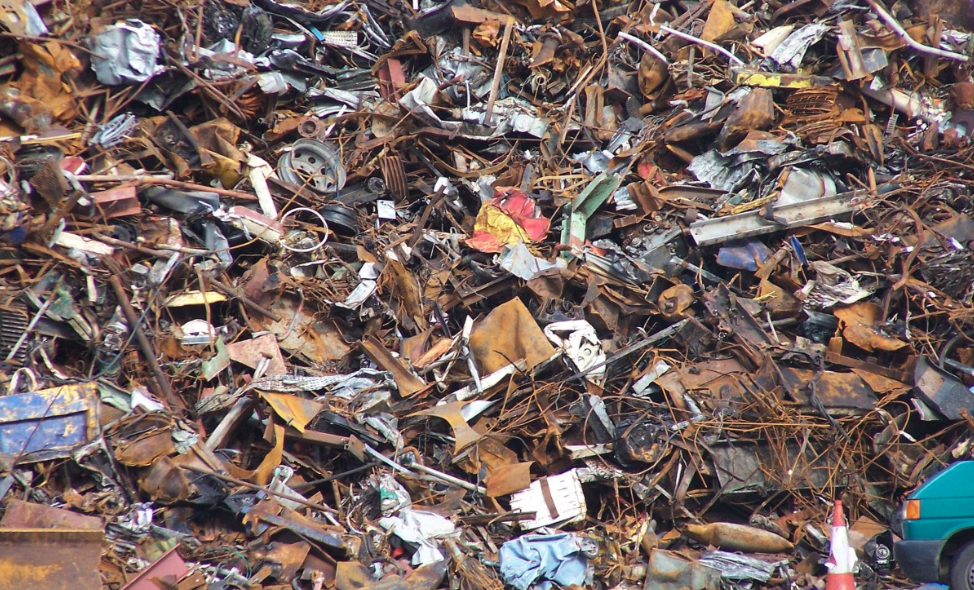 Time:2025-05-16
Time:2025-05-16
 Source:青绿环境
Source:青绿环境
The methods for handling decoration waste and strategies for resource recycling and utilization aim to minimize environmental impact while achieving effective reuse of resources. This involves a series of steps from source separation to final resource utilization.

1. Source Separation: Begin sorting at the decoration site, separating recyclables (such as metals, wood, and plastics), hazardous waste (such as batteries and chemicals) from other construction waste. This can significantly improve the efficiency and effectiveness of subsequent processing stages.
2. Concentrated Transportation: Use specialized vehicles to transport sorted decoration waste to the processing center, ensuring no leakage or mixing during transportation.
3. Pre-treatment: After arriving at the processing center, conduct preliminary screening to remove large debris and hazardous waste, and further subdivide according to material types.
4. Fine Sorting: Employ various technologies, including magnetic separation, eddy current separation, and optical sorting, to precisely separate different types of materials in preparation for subsequent processing.
### Resource Recycling and Utilization Strategies
1. Metal Recycling: Metals such as iron, aluminum, and copper can be recycled through magnetic or eddy current separation techniques and then sent back to smelters for reprocessing to manufacture new products.
2. Wood Reuse: Untainted wood can be directly used as biomass fuel or processed into wood chips to produce particleboard and other recycled products.
3. Concrete and Brick Crushing: Use crushers to transform concrete blocks and bricks into recycled aggregates, which can be used for road construction base layers and new concrete formulations.
4. Plastic Recycling: Utilize optical sorting technology to identify and separate various types of plastics. After cleaning, they can be turned into granular raw materials for producing new plastic products.
5. Environmental Measures: Implement strict environmental measures throughout the processing, such as installing efficient dust removal systems to control dust emissions, establishing wastewater recycling systems to reduce water waste, and taking noise control measures to minimize environmental impact.
Through the application of these methods and technologies, not only can the environmental issues caused by decoration waste be effectively resolved, but also the circular use of resources can be promoted, driving the development of a green economy. Additionally, government support policies and active public participation are key factors for the successful implementation of these strategies.













 Prev
Prev











